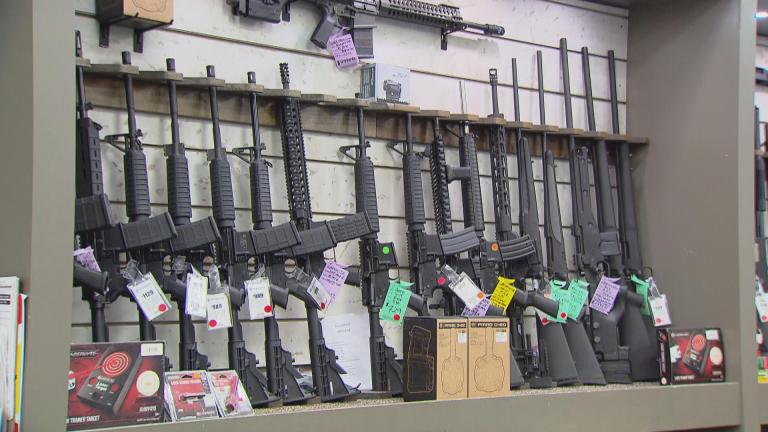The Chicago Police Department has unveiled a new foot pursuit policy leaders say will improve safety for police and civilians alike, more than a year after officers killed 13-year-old Adam Toledo and 22-year-old Anthony Alvarez in separate shootings that followed such pursuits.
Police officers must only engage in foot pursuits under a certain set of circumstances and will be required to continuously re-evaluate the need to continue such a pursuit while it’s in progress, according to a final version of the new policy.
“The safety of our community members and our officers remains at the core of this new foot pursuit policy,” Police Superintendent David Brown said in a statement Tuesday. “We collaborated internally with our officers and externally with our residents to develop a policy we all have a stake in.”
Under the new policy, officers may only engage in a foot pursuit when “they have reasonable articulable suspicion or probable cause” that the person being pursued “has committed, is committing, or is about to commit” a felony, Class A misdemeanor — like an aggravated assault, battery or unlawful use of weapon — or traffic offense that endangers others.
A pursuit can also be initiated if the person being pursued is “committing or is about to commit an arrestable offense” that poses a physical threat to others. But under the new policy, officers cannot begin a foot pursuit based solely on whether a person walks or runs from them in order to avoid contact.
The department said the new policy provides clearer guidelines to officers and supervisors involved in foot pursuits, while highlighting the role of supervisors.
“The safety of the public, any person being pursued and Department members is the primary consideration when determining whether a foot pursuit should be initiated or continued,” the CPD said.
Officers involved in foot or bicycle pursuits will also be required to fill out a report afterwards, similar to what they do after use-of-force incidents. Robert Boik, the CPD’s executive director of constitutional policing and reform, said those forms will help the department to better collect data to inform their tactics and training going forward.
The CPD enacted a temporary policy last summer, but that was criticized as being too vague and allowing officers too much discretion in deciding who to pursue. That was further revised earlier this year following additional community input.
The monitoring team tracking the CPD’s consent decree progress has also noted data issues surrounding the department’s tracking and recording of these pursuits.
“I think this policy, without question, hits the right note in balancing officers’ safety (and) our ability to capture offenders, but do it in a way that’s constitutional,” Brown said.
The CPD has been under pressure to craft a new policy since last March, when officers shot and killed Toledo and Alvarez in separate incidents that occurred just days apart. Earlier this year, Cook County State’s Attorney Kim Foxx declined to file charges against either officer involved in those shootings.
Just last month, Chicago police shot another 13-year-old boy during a foot pursuit on the Northwest Side. That boy survived.
Brown said the CPD had already been in discussions about a foot pursuit policy for years before the Toledo and Alvarez shootings happened.
“That has taken time,” he said, “but it was time well spent.”
The new policy will not go into effect until all officers have undergone training, which is expected to take place over the coming weeks. Boik expects the policy to officially go live before the end of this summer.
Contact Matt Masterson: @ByMattMasterson | [email protected] | (773) 509-5431






